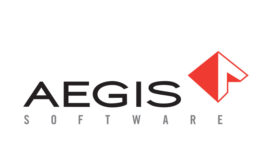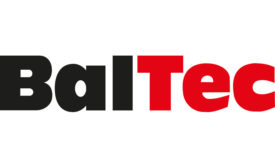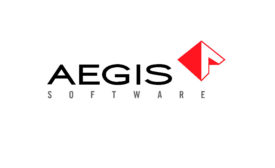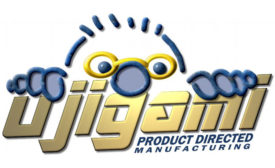White Papers
advertisement
Why Manufacturers Turn to Collaborative Automation for Business Resilience
December 8, 2020
advertisement
How to Approach your Linear Automated Process with a Precision Link Conveyor
December 8, 2020
advertisement
How to Harness Technology as a Productive Workforce Enabler
December 8, 2020
advertisement
How To determine when Electric Riveting/Forming Technology is a better option than Traditional Pneumatic/Hydraulic Technology
September 16, 2020
advertisement
From IIoT Connectivity to Context - Powering Data-Driven Industrial Transformation in Your Factory
September 16, 2020
advertisement
Evaluating Factors Affecting O-Ring Insertion Force using General Factorial Design
September 16, 2020
Never miss the latest news and trends driving the manufacturing industry
Stay in the know on the latest assembly trends.
JOIN TODAY!Copyright ©2024. All Rights Reserved BNP Media.
Design, CMS, Hosting & Web Development :: ePublishing








